pectus excavatum baby surgery
Pectus excavatum also known as concave chest or funnel chest is a deformity of your childs chest wall. In moderate to severe cases of pectus excavatum the doctor may recommend that the chest be surgically fixed.

Postnatal Photograph Of The Child With Pectus Excavatum Download Scientific Diagram
The defect can worsen as the child grows.

. Pectus excavatum can range from mild to severe and your child may or may not have symptoms related to the heart or lungs. This information from Great Ormond Street Hospital GOSH is about pectus excavatum also known as funnel chest. Mayo Clinic surgeons typically care for more than 1000 children and adults with pectus excavatum each year.
And the patient is generally. TY - ELEC T1 - Pectus Excavatum ID - 829075 A1 - ChandlerNicoleMD. This can be done in two ways.
The breastbone or sternum and some of the ribs grow abnormally causing a. One study of pectus excavatum surgery involving adults and children found that after surgery the patients perceived ability to engage in physical activity improves. Pectus excavatum is a condition in which the breastbone is sunken into the chest.
The mask anesthesia gives cats the needed anesthetic and oxygen that cats. Pectus excavatum is a condition in which the cartilage connecting the sternum and ribcage does not grow normally causing a sunken appearance or indentation in the chest. This is sometimes called sunken or funnel chest.
Pectus excavatum is a depression caused when the sternum breastbone is abnormally pushed inward. Pectus excavatum may appear when a child is a baby but shows most often during the pre-teen and teenage years. Pectus excavatum which is from Latin meaning.
A depression of the sternal bone. Mayo surgeons have extensive experience with the Nuss. Pectus excavatum PECK-tuss ex-kuh-VAW-tum is a condition that causes a childs chest to look sunken or caved in It happens because of a defect in the tough connective tissue cartilage.
Pectus excavatum is a condition in which instead of. What is pectus excavatum. AU - GonzálezRaquelMD MHCM AU - NolanHeatherMD.
A 28-year-old man with a history of tuberculous empyema and pectus excavatum visited our hospital for progressive dyspnea and leg edema. While this can be noted early. The depression in the chest is due to abnormal growth of the cartilage that attaches.
Surgery may be offered for both pectus excavatum and carinatum though increasingly non-surgical external compression bracing is becoming the first line treatment for pectus. Pectus excavatum seen here is a congenital defect resulting in a chest wall deformity. In most cases intubation is not possible with baby cats and injection anesthesia is very dangerous.
The patient had undergone an. The pectus excavatum repair is a surgery to fix the shape of the bone in the middle of the chest called the sternum or breastbone so that the lungs and the heart are not squeezed by the.

Thoracic Surgery Program Johns Hopkins All Children S Hospital
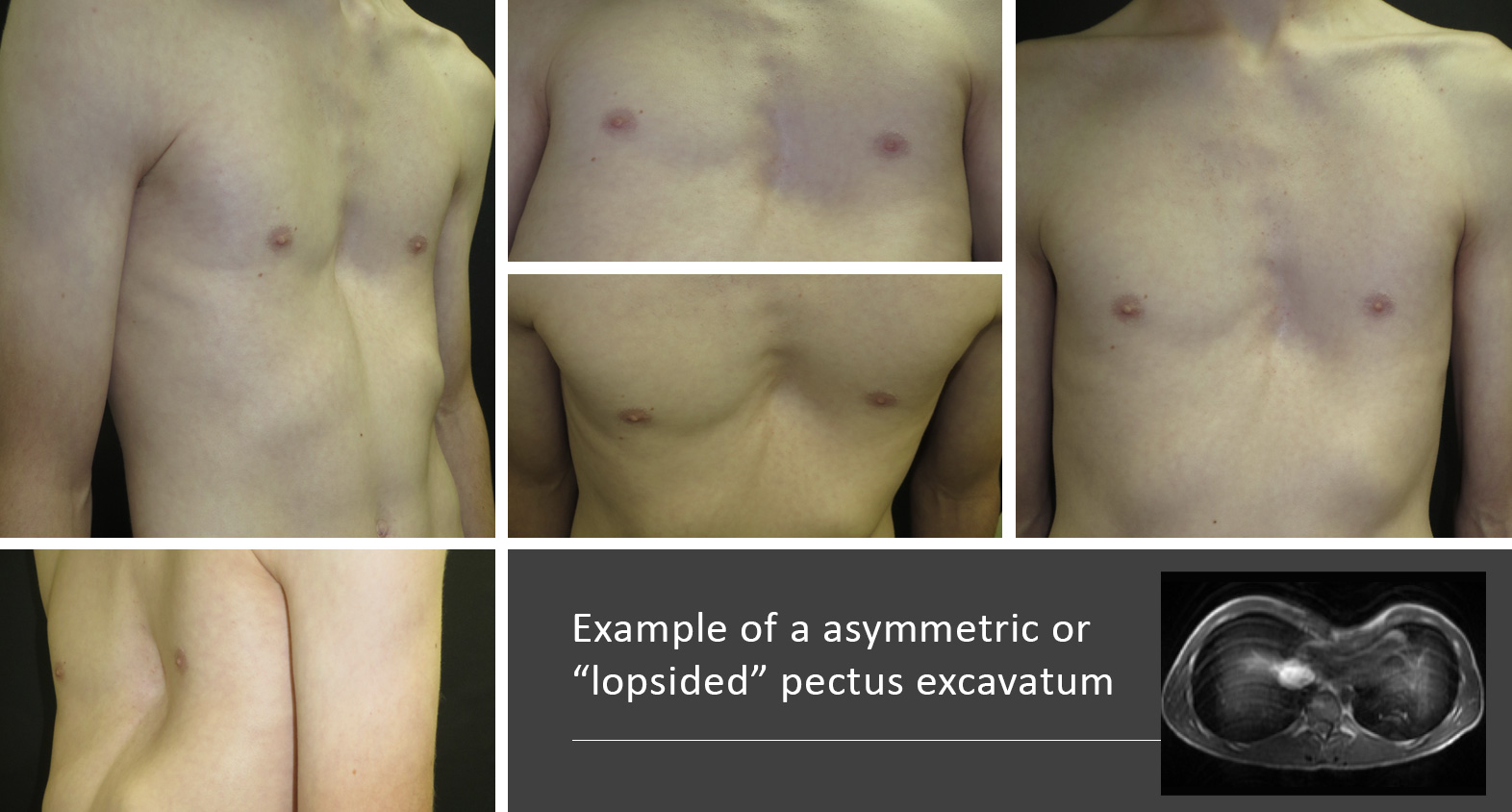
Pectus Excavatum Pectus Clinic
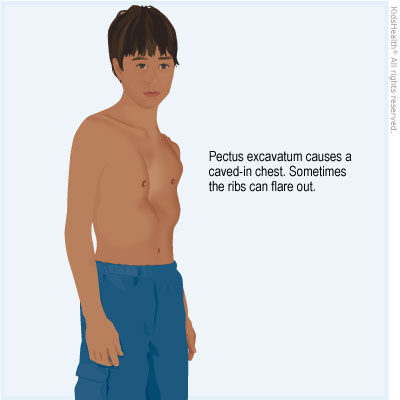
Chest Wall Disorder Pectus Excavatum For Parents Nemours Kidshealth

Repair Of Pectus Excavatum In A Toddler With Prune Belly Syndrome And Left Bronchus Compression Sciencedirect

Pectus Excavatum Columbia Surgery

Pectus Program Texas Children S Hospital

Pectus Excavatum A Case Study The Journal For Nurse Practitioners
Pectus Excavatum Symptoms Tests Management And Treatment

Pectus Excavatum Sixth Toe July 2016 Babies Forums What To Expect

Strength Training With Pectus Excavatum Wasserman Strength
Teen Undergoes Surgery To Repair Sunken Chest Myrtle Beach Sun News

Patient Stories Chest Wall Center
Pectus Excavatum Symptoms Tests Management And Treatment
Hie Multimedia Pectus Excavatum
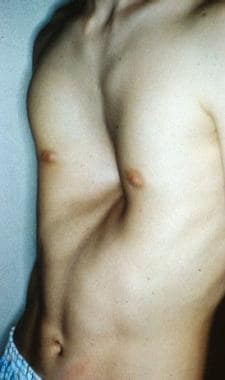
Chest Wall Deformities Overview Pectus Excavatum Surgical Repair Of Pectus Excavatum
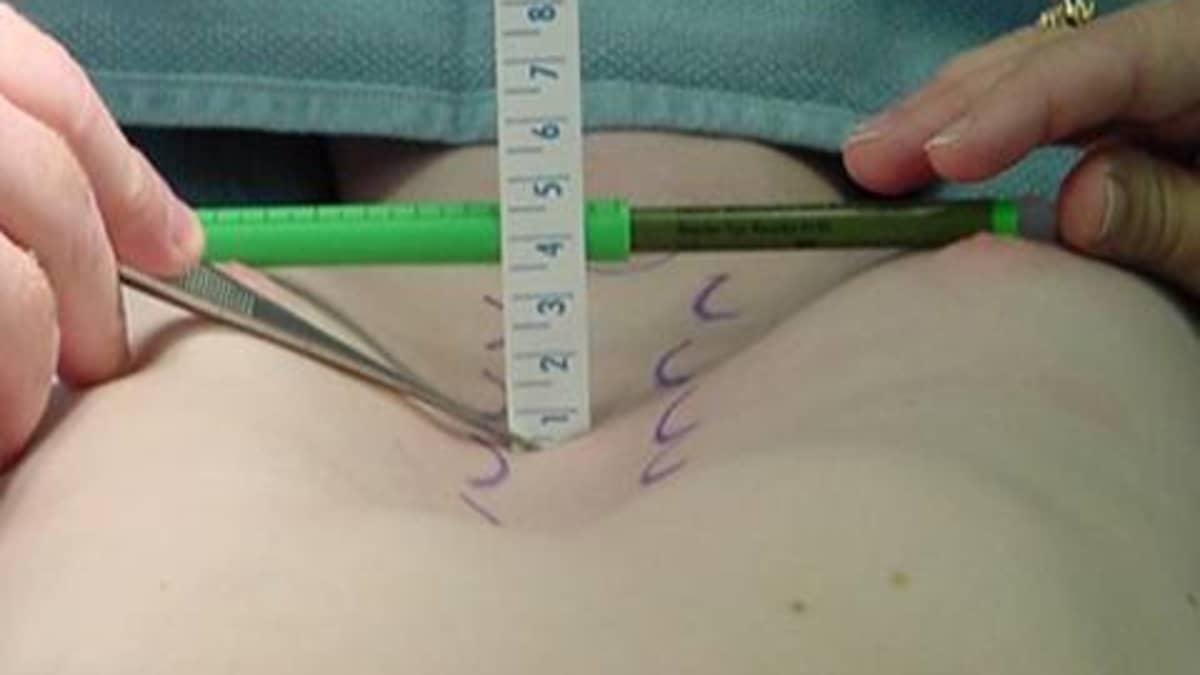
Pectus Excavatum My Tips For Organizing Surgery And Finding An Insurance Cover Hubpages

Pectus Excavatum Symptoms Treatments And Complications
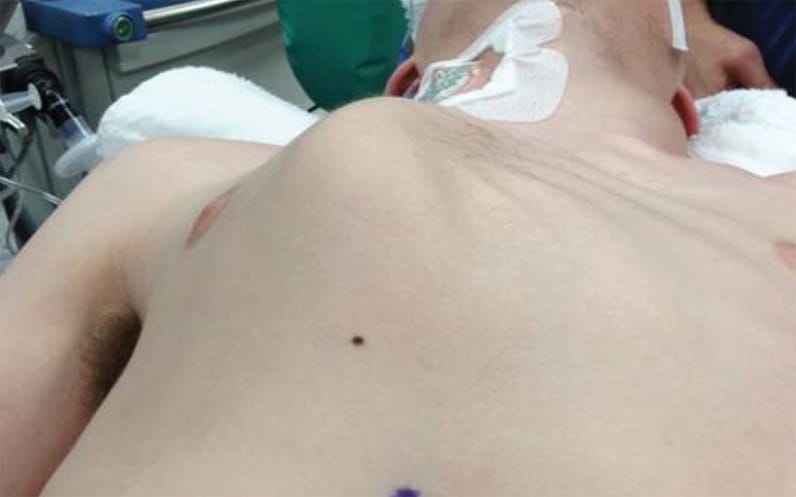
Pectus Excavatum Not Just A Cosmetic Concern Mayo Clinic
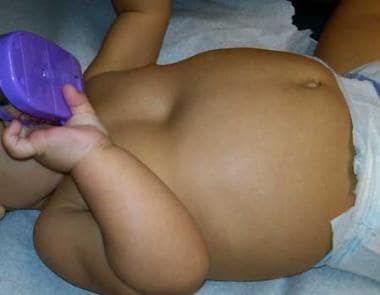
Nuss Procedure For Pectus Excavatum Background Indications Contraindications